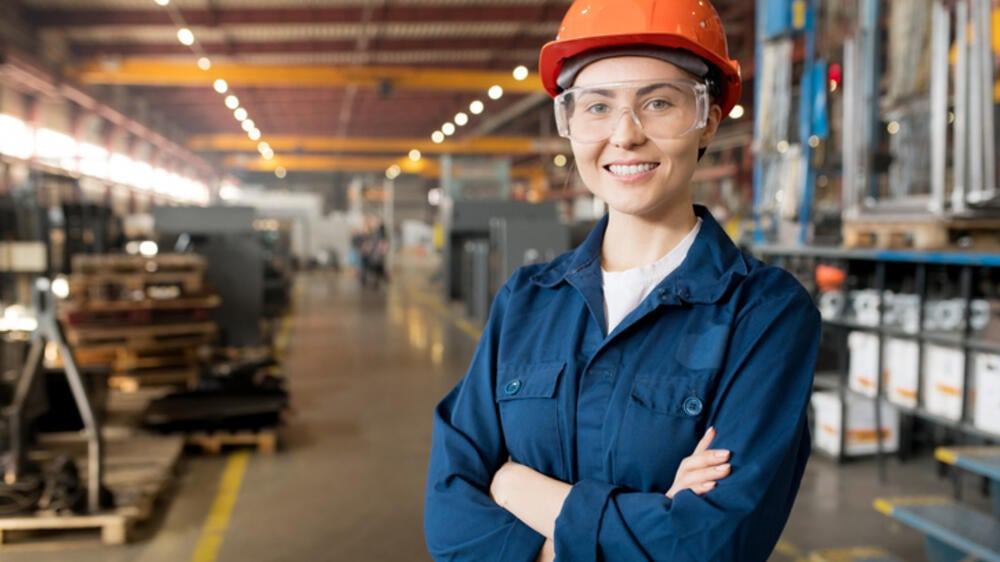In an ever-evolving housing market, the prospects for manufactured housing over the next decade are drawing increasing attention. While peering into the future always comes tagged with a spectrum of uncertainties, a confluence of trends and factors currently positions manufactured housing on a promising trajectory.

.
At the heart of this optimistic outlook is affordability. In a landscape marked by soaring housing prices and a clamor for reasonably priced options, manufactured homes emerge as a beacon of hope. Their typically lower cost compared to site-built homes endears them to a broad spectrum of buyers, addressing a pressing need in the market.
Adding to this is the pressing housing shortage witnessed across various regions. Manufactured homes stand out as a potential panacea, given their quicker and more economical production timelines compared to their traditional counterparts. The ability to alleviate the housing deficit swiftly makes them an attractive proposition.
Parallelly, the industry is experiencing a surge in technological advancements, fostering enhancements in the quality, durability, and energy efficiency of manufactured homes. These strides are gradually reshaping consumer perceptions, with more prospective homeowners recognizing the value and appeal of such housing options.

.
Sustainability is another cornerstone fueling the ascent of manufactured housing. With a growing societal shift towards eco-conscious living, the smaller environmental footprint of these homes, coupled with continuous improvements in materials and construction techniques, aligns with the zeitgeist of the times.
Historically, manufactured housing has grappled with stigma and misconceptions. However, this narrative is witnessing a transformation. As awareness of the benefits and advancements in manufactured home design and construction proliferates, changing perceptions are fostering a more favorable environment for this housing segment.
The backdrop of urbanization and population growth, notably in developing regions, is poised to amplify demand for all housing types, manufactured homes included. This demographic and geographic shift underscores the potential for a burgeoning market share for manufactured housing.
Furthermore, the ebb and flow of government policies and regulations remain a pivotal factor in shaping the trajectory of the manufactured housing market. The introduction of supportive policies facilitating land use and financing for manufactured homes can be instrumental in propelling market growth.
However, the path forward is not devoid of challenges and obstacles. The industry must navigate zoning and land-use regulations, address financing and insurance hurdles, and manage the volatility of material prices. These elements necessitate a balanced approach and strategic foresight.
External dynamics such as economic conditions, interest rates, and unforeseen global events further add layers of complexity to the housing market. Balancing optimism with a measured approach is thus essential.
Given the amalgamation of current trends and the escalating demand for affordable and sustainable housing, there is a reasonable anticipation of an increase in market share for manufactured housing over the next decade. The horizon appears promising, symbolizing a new chapter in the narrative of the housing industry.



